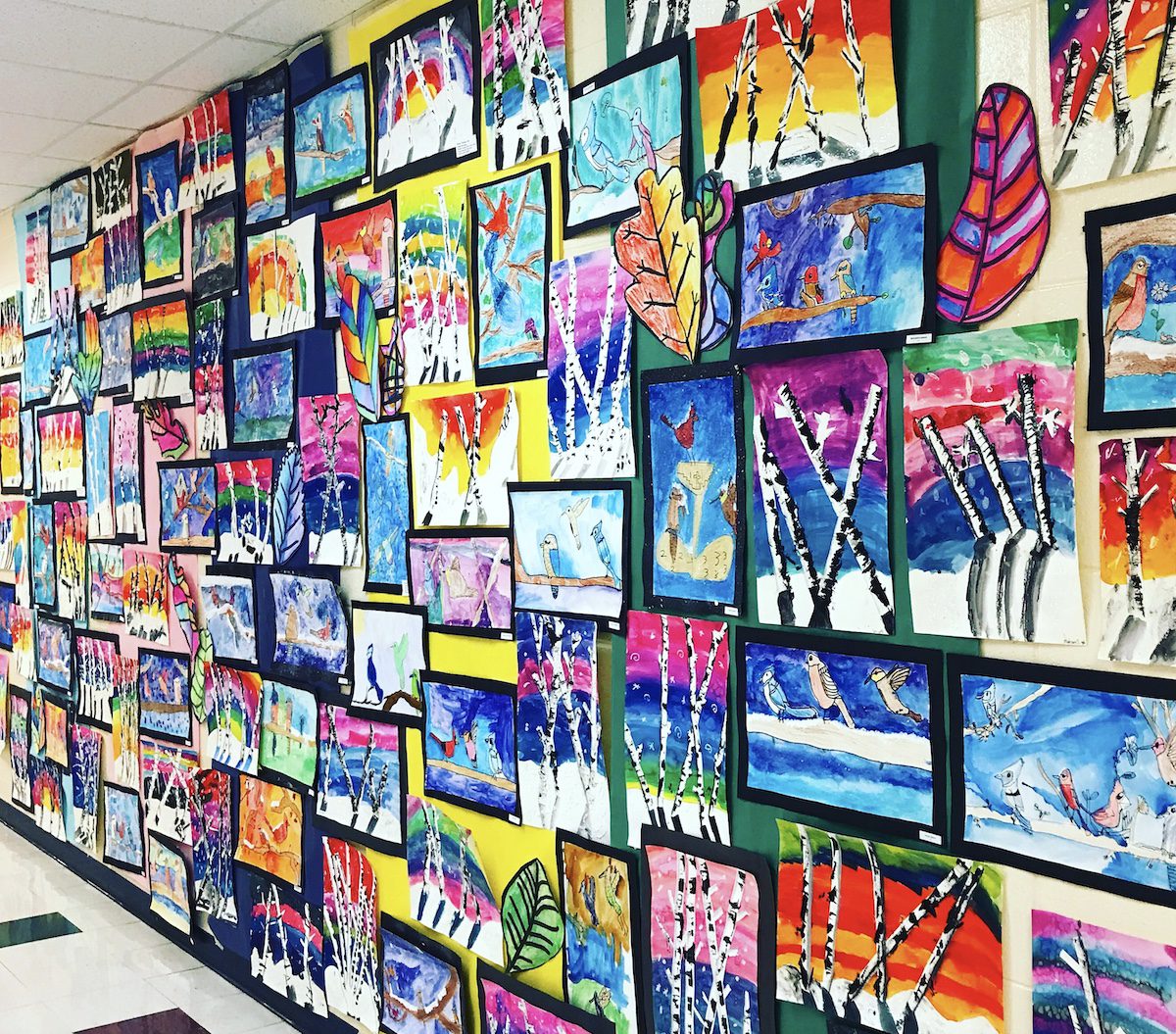How often does your art show cross your mind?
Thoughts of a school-wide art show can flash across your mind like lightning—sporadic and panicked. You might think: “What should our theme be?” “Are students creating high-quality artists’ statements?” “What local visitors should we have, and how do I arrange their participation?”
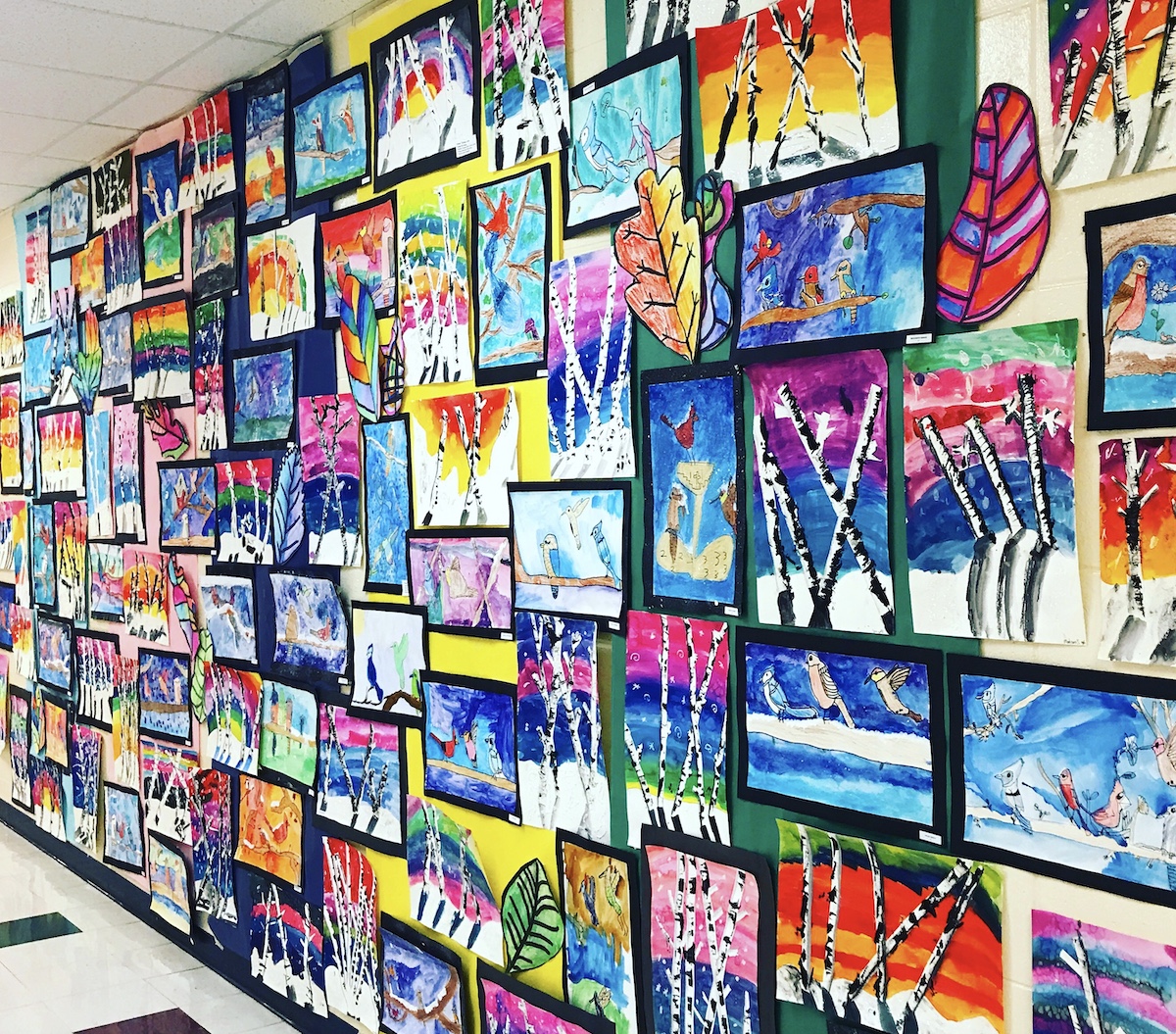
With so many things to think about, now might be the perfect time to plan and prepare for your art show in advance. Yes, it’s true, you will always have things to do. But, planning will inevitably make your art show less stressful in the long run.
Here are 4 helpful tips for planning for next year’s art show:
1. Create a detailed spreadsheet.
Creating a visual plan for your upcoming art show is the first big step to success. There are so many things to think about and logistics to lockdown. Getting yourself organized is crucial to keeping your sanity once your art show rolls around.
Creating a detailed spreadsheet will also help you keep track of your progress throughout the school year. Marking down when to complete art show projects, securing visitors and volunteers, planning art show stations, and all the other things you need to do will feel even more successful when you can check it off a big spreadsheet. How you run your art show will dictate the sections you’ll want to include in your spreadsheet.
Get ready for everything with PRO Learning.
Personally, there are many components of my initial spreadsheet. At our art show, each class has a handful of projects on display, including a 3-D clay piece, large themed art show project, smaller art display extras, a blacklight project for our glowing gallery, and usually at least two more completed projects from the year. It’s a lot to keep track of, and this spreadsheet helps me to manage when each class finishes a lesson.
Try including a few of these ideas:
- Art show theme
- Date and time
- Grade levels
- Art show projects ideas
- Display ideas and locations
- Interactive station ideas
- Possible guests and sponsors
- Volunteers and contact information
- Timeline
- Links to important documents

2. Decide on a theme and corresponding grade-level projects.
Working within a theme for an entire art show can help to guide specific art lessons and keep art shows interesting. An art show theme is not a necessity, but I find it helps to keep me on my toes, always developing and looking for new ideas to fit within the theme.
Using a detailed spreadsheet, I map out what will be each grade level’s specific “art show project.” Having one specific art show project matching the theme allows for special activities such as creating an art show scavenger hunt.
A few art show theme ideas include:
- Underwater
- All About our State
- Jungle Art
- Around the World
- Modern Art
- Garden
- Outer Space
- All About Me
- Famous Artists
- Inspired by Books
- American Art
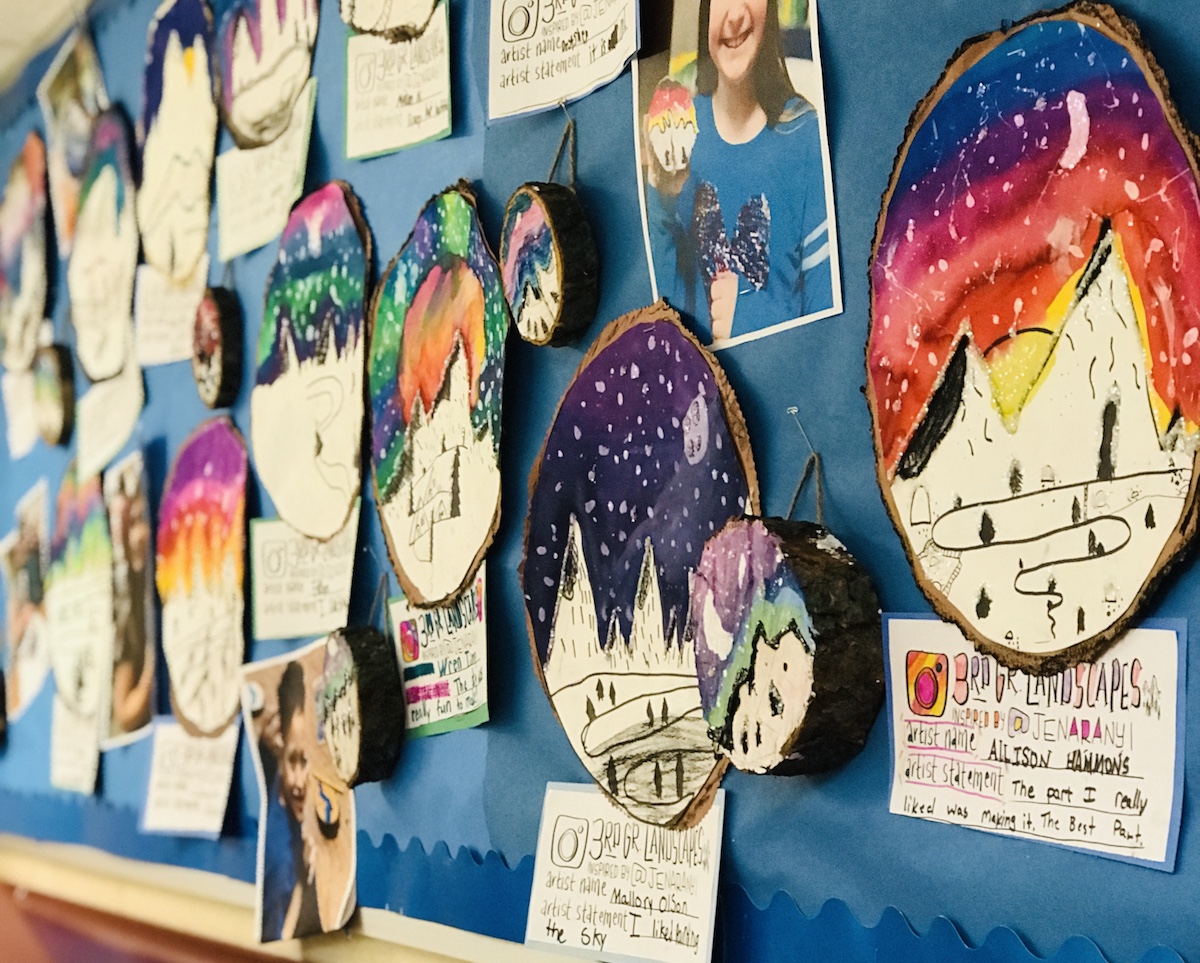
3. Plan Stations and Activities.
When you and your students put so much time and effort into your art show, it’s important to make it an event people are excited to attend. To keep your art show fresh and exciting, try adding stations and interactive activities led by students or art club members at your school.
Check out how to have your art club members literally run your entire art show.
While you think ahead to your art show planning, brainstorm what interactive stations and activities could make your art show amazing. Taking the time to incorporate this plan into your larger detailed spreadsheet will help you organize your helpers and stations.

4. Plan the setup.
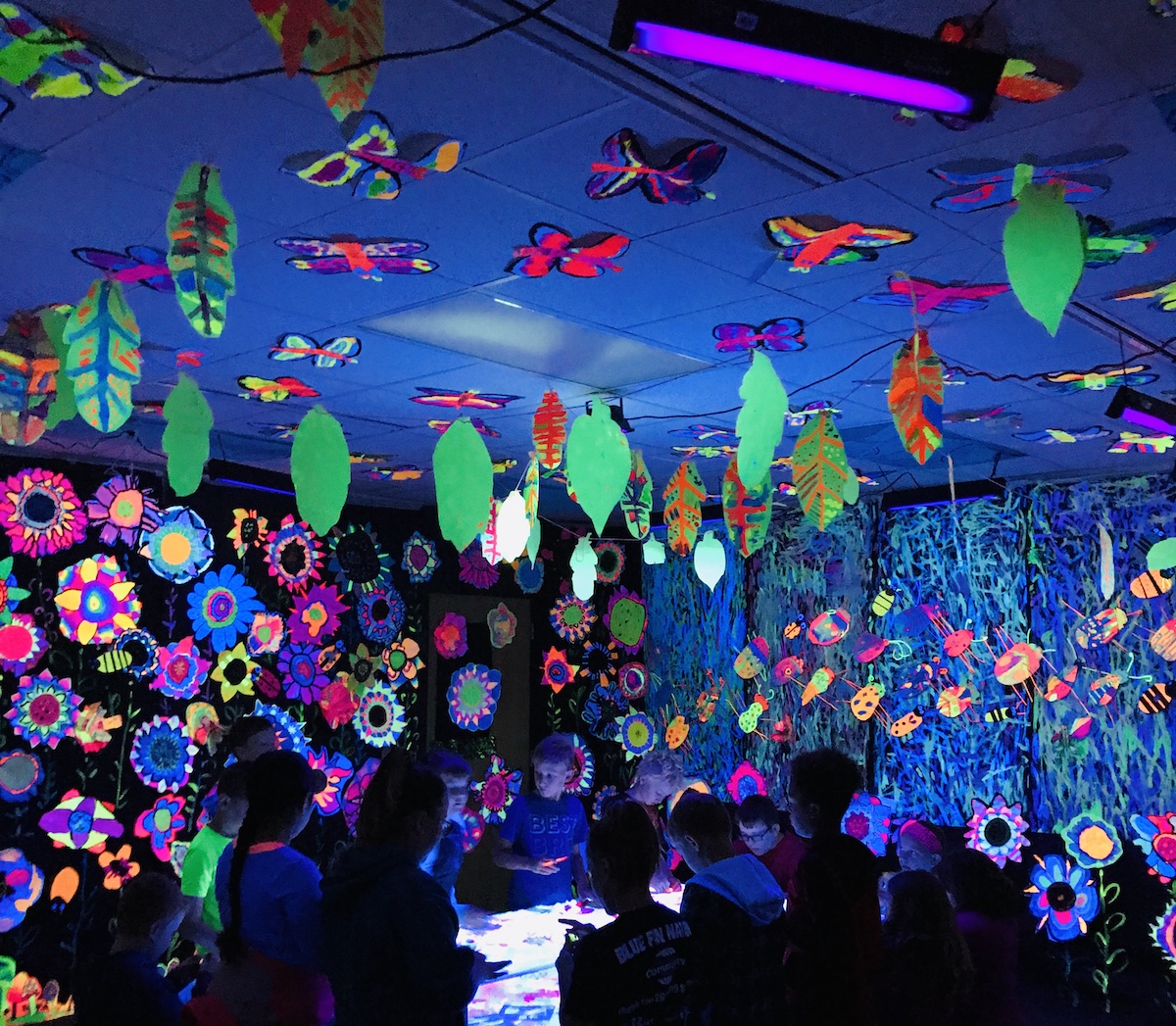
Just like you might want to create a written list of ideas on a detailed spreadsheet, you may also want to create a visual map of your art show setup. If you are planning to have your art show at your school, see if you can get a copy of the school map to easily outline where exhibits will go during the art show. Surviving your art show successfully is incredibly dependent on organization.
Planning your art show setup doesn’t only include creating a visual map; it also includes thinking ahead to how you might organize your volunteers. Remember to utilize parents, guardians, friends, volunteers, staff, and students to help hang art exhibits, if possible. Creating displays is a boatload of work, and it is true; many hands make for light work.
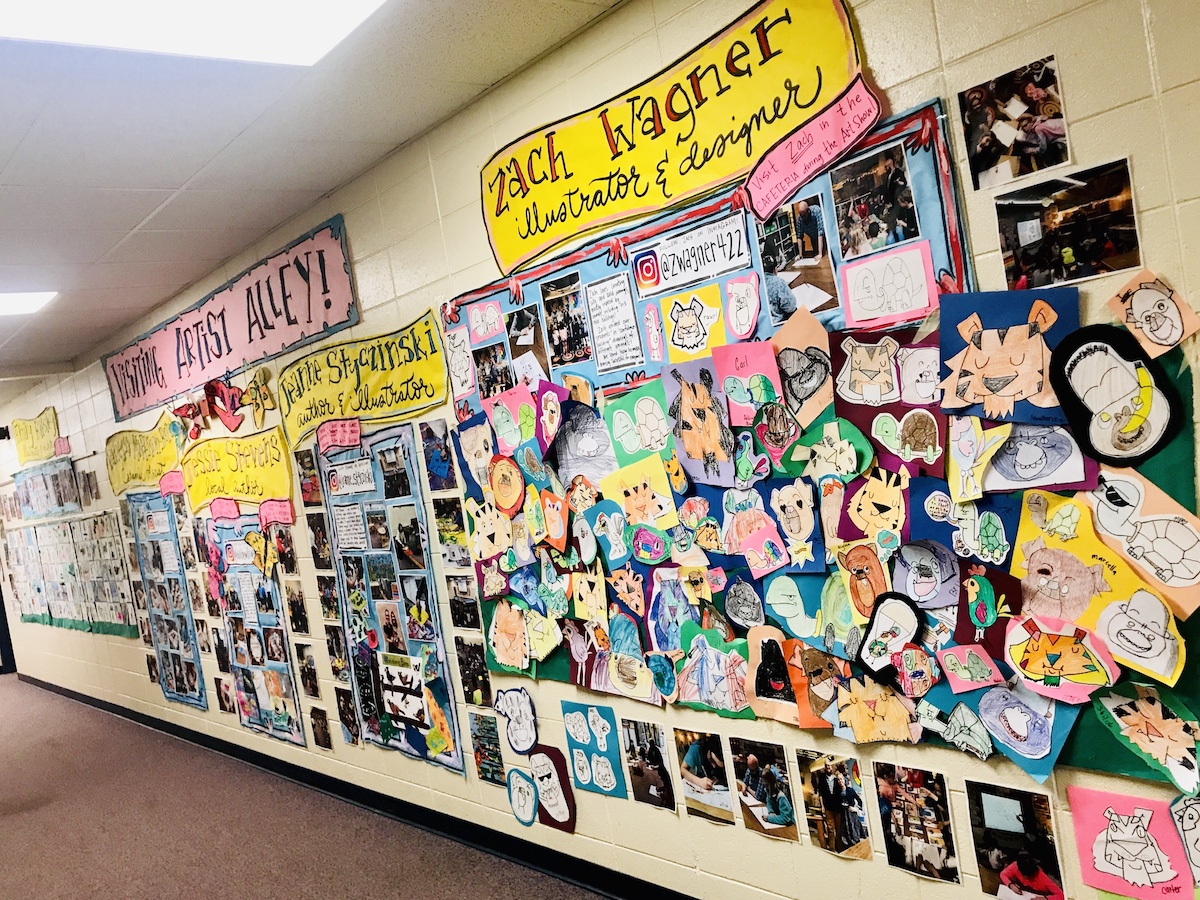
Featuring student artwork through art shows is directly related to the National Core Arts Standards, specifically the priority standard of “presenting.” Part of your role as an art educator is to provide your artists with opportunities to display, discuss, and take pride in their creations. If you have never held an art show before, or if you are simply looking to expand what you already do, planning ahead will make you feel a lot better once art show season is upon you.

How do you plan your art show each year?
What kinds of events happen at your art show?
What is the most challenging part of putting on an art show?
Magazine articles and podcasts are opinions of professional education contributors and do not necessarily represent the position of the Art of Education University (AOEU) or its academic offerings. Contributors use terms in the way they are most often talked about in the scope of their educational experiences.
